St John's Wood Art School
St John’s Wood Art School
The school had modest beginnings in Elm Tree Road where in 1878 the Eyre estate granted permission to A. A. (Abelardo Alvarez ) Calderon, Bernard Ward and Leonard Pownall for conversion of the then numbered 6 and 7 to an art school. In the 1881 census artist A.A.Calderon was living at no 7 with his wife and 2 children and a lodger, art student Bernard E Ward, while 2 other students, Thomas B Garnie and James Brownlee, were living at no 6 .
The St Johns Wood School of Art’s aim was to train students who wished to attend the Royal Academy Schools, and in this was very successful, gradually spreading to cover 2 plots of 2 double houses at the bend of Elm Tree Road . 1878 was the year in which London University degrees were first awarded to women and all classes at St Johns Wood were open to girls, or rather, to ‘Ladies’, who later outnumbered the boys by about ten to one. Between 1880 and 1890, 201 out of 304 students admitted to the Royal Academy came from St John’s Wood, and they succeeded in winning many of the prizes. It was a time when the Eyre estate was starting to give consent to the building of studios attached to homes as more and more artists came to live there; established local artists like Alma Tadema and Yeames were amongst the teachers and it was named as a School in the 1901 census. The students worked hard for five and a half days a week, from 10 am to 5 pm, drawing from the Antique to begin with; life models came later in the course.
A.A. Calderon b1847
was born in Lima, Peru and moved to Europe immediately after his marriage. He was the second Earl of Alvarez Calderon (Italian Title of Count) and moved back to Peru his wife and all of his children born in England, prior to the beginning of World War One.
Bernard E Ward 1857 – 1933.
had won a gold medal for some of his works exhibited at the Royal Society for British Artists and In 1882, while still a student at the Royal Academy, he won two silver medals. Then together with A. A. Calderon he founded the St John’s Wood Art School. His works were exhibited at the Walker Art Gallery, the Royal Academy and the Royal Society of British Artists. A lawsuit cost him his fortune, however, and he emigrated to the United States, where he lived in 1913 near Cleveland , Ohio, where his daughter was a reporter for a London newspaper. Ward quickly made himself a name as a portraitist in his new hometown, and died in his granddaughter’s house aged 76.
Leonard Pownall 1864 – 1926
was an artist and stained glass designer and painter on glass, who later was a lecturer on drawing, painting and perspective at Kings College London Ladies Department from 1898 – 1910. He lived at 5a Elm Tree Road and later at 3 Acacia Road He then went to live in Falmouth and designed a window for All Saints, Falmouth which was designed and made wholly in Cornwall.
Early students included Lewis Baumer 1870 – 1963, who was born in St John’s Wood and worked for Punch magazine for years and Herbert Draper 1865 – 1920 and in 1899
Frank Beresford 1881 – 1967
was charged fees of 18 guineas per annum, and boarded in Ordnance Road for £1 a week, including meals. Beresford was successful in achieving entrance to the Royal Academy schools where he studied from 1901 – 1908 and was awarded a British Institution Scholarship which enabled him to go on an eighteen month world painting tour. He stayed painting in St John’s Wood studios for six decades, living in Elm Tree Road and Grove End Road, apart from four years in the London Regiment in the First World War. He painted landscapes, animals, interiors and 3,000 commissioned portraits of royalty, aristocrats, politicians, and society figures. His most famous painting was The Vigil of the Princes, when the four sons of George V guarded their father’s coffin in Westminster Hall and which was bought by Queen Mary to give to her son, Edward VIII. In the Second World War he was one of Kenneth Clark’s accredited War Artists, and painted at air stations across Britain. Frank’s daughter Averil later wrote that her father had loved St John’s Wood because it had the peace and serenity of a country village. In spring the gardens were full of the blossom of old fruit trees, lilacs, laburnums, hawthorn and magnolias. It was truly rus in urbe, for in the road lived a horse-dealer who not only kept geese and hens, but a cow.
Christopher Nevinson 1889 – 1946
A figure and landscape painter, he was a famous First World War artist and had studied at the St Johns Wood School before attending the Slade School of Art. He used the machine aesthetic of futurism plus the influence of cubism in his paintings and because of his temperament was often at odds with his fellow artists. In the Second World War he was allowed to go on flights with the RAF to capture their world and his painting the Battlefields of Britain was given to Churchill and is still in Downing Street. He was born and died in Hampstead, where he had his home and studio, which was bombed in the Blitz.
Women students
Opportunities for women artists to receive an education were opening up in London. They could study at the Royal Female School of Art, which had been founded in 1842 with the aim of enabling young women of the middle class to obtain an honourable and profitable employment. Its teaching was originally carried out at Somerset House in rooms below the Male School but in 1852 it moved to Gower Street for 8 years and 700 female student passed through; finally it moved to the South Kensington Schools (later to be known as the Royal College of Art) and in 1908 came under the control of the LCC and was eventually incorporated into the Central School of Arts and Crafts. Kings College London Ladies Department was inaugurated in 1885 in Kensington Square, and a Lady Superintendent (later a vice principal of the College) was in charge. It did not prepare women for a professional career but gave them a liberal education and by 1915 it was amalgamated with the main college in the Strand. As we have seen above, one of the founder of St Johns Wood school was employed in the Ladies Department by 1898.
At Elm Tree Road rules prohibited talking between male and female students, except in the rests, and then only on matters relating to art. But it may be wondered whether the students abided by the rules, as, according to artist C.R.Nevinson who studied there a little later, there were wild dances, student rags as they were called, and various excursions with exquisite students, young girls and earnest boys, shouting too much, laughing too often. There were various female teachers, including one of the Bloomsbury group, Vanessa Bell( 1879-1961). Among the artists were
Maud Earl ( 1864 -1943),
a British-born American living at Elm Tree Road with her father, uncle and brother who all were animal portraitists. She was taught from a young age by her father to paint and draw and study anatomy and then went on to study at the Royal Female School of Art. She first exhibited at the Royal Academy in 1884 . She was still at No 8 in the 1911 census.
Ethel Wright 1866 – 1939
was living at No 9 Elm Tree Road in 1891. and was given permission by the Eyre estate to have a studio built as an addition. Contemporary art periodicals reveal that Wright enjoyed modest success as a fashionable ‘lady artist’ in the 1880s and 90s, regularly exhibiting at the Royal Academy , and known for her paintings of pierrots. Her portrait was included in ‘The Year’s Art’ in 1896, as part of a feature on ‘the more celebrated Lady Artists of the present time.’ In exhibition, Wright’s work was more often presented or critiqued in the context of ‘women’s work’. Frustration with the limitations imposed on women’s artistic output and ambition may have led Wright to the suffrage movement.
Her portrait of Christabel Pankhurst, the noted suffragette, was exhibited at a large exhibition organised by Pankhurst’s WSPU in 1909, and embodies the ‘awakened spirit’ of women that was identified in the catalogue for that exhibition. Wright continued her association with the suffrage movement whilst continuing to exhibit annually at the Royal Academy until 1927. The portrait of Dame Christabel was bequeathed in 2011 to the NPG by the daughter of the prominent suffragette Una Dugdale Duval who had acquired the portrait soon after it was completed in 1908. It shows Christabel in the throes of oratory; wearing the purple, green and white sash of the Women’s Social and Political Union, the organisation founded by Emmeline Pankhurst in 1903.
Ursula Wood (1868-1925)
was a British artist and illustrator who had a long and distinguished career and is now best known for her depictions of the work of the Women’s Land Army during World War One.
Wood trained at the St Johns Wood Art School and at the Royal Academy Schools where, in 1889, she won the Turner Gold medal and a £50 scholarship for one of her landscape paintings. Wood exhibited with the Society of Lady Artists in 1895 and as well as working in oils and with woodcuts, Wood also illustrated books, produced lithographs and decorated furniture. She established a successful commercial studio in London with a Miss E (Emmie)Stewart Wood ( 1859 – 1937?)as a partner. Emmie studied at the Slade and in Paris and maybe also at St Johns Wood.
At the start of the First World War, Wood closed down her business and volunteered to join the Women’s Forestry Corps, one of the three divisions of the Women’s Land Army. While working at a forestry camp in Wendover, Wood continued to paint and in January 1919 she contacted the Women’s Work Committee of the Imperial War Museum. The Women’s Work Committee had begun to collect artworks showing women’s contribution to the war effort and so Wood offered them some of her sketches from Wendover. After much haggling over fees the Committee paid Wood 15 guineas for five sketches. Wood exhibited at the Royal Academy between 1890 and 1922, at the Society of Woman Artists from 1892 to 1904 and at the Royal Scottish Academy in 1900 and at the Royal Glasgow Institute of the Fine Arts in 1921.
Flora Lion 1879-1958
attended the St John’s Wood Art School in 1894 and then the Royal Academy School from 1895 -98. She specialised in portraits but during World war One was commissioned by the Ministry of Information, to paint factory scenes on the home front. The Ministry issued permits for Lion to paint in factories in Leeds and Bradford. In Leeds she painted in a factory where wooden flying-boats were built using traditional, labour-intensive methods. In Bradford Lion painted women working in a munitions factory, but unusually depicted them during a meal break in their works canteen, which were a war-time innovation for Britain. (Now in the Imperial War Museum)
Paula Modersohn Becker 1876 -1907
was a German painter who studied at the School in 1888. She was one of the most important representatives of early expressionism and produced extraordinary unidealised portrayals of women and girls when she worked at Worpswede, a small village north of Bremen with a group of artists; she also travelled to study in Paris, where she encountered the work of Van Gogh and Cezanne and Gauguin but her career was cut short when she died from postpartum embolism at the age of 31. She is recognized as the first known female painter to paint nude self-portraits.
Ruth Alice Hobson b 1884
She was accepted as a Royal Academy student from 1906-9 and wrote and illustrated a children’s book “Some Kiddies” in 1908.
1920s and 30s
Aina Onabolu 1881 – 1963
from 1920 – 22 the first African to study art in England was studying at the School. Aina was the son of a Nigerian merchant who had started painting when he was twelve and had become a competent draftsman. After attending the St Johns Wood Art School he went on to the Academie Julien in Paris and on his return to Nigeria he was a pioneering art teacher, introducing European ideas like perspective and he also introduced indigenous arts and handicrafts into the curriculum. His own speciality was portraits, beginning with Mrs Spencer Savage in 1906.
The Prospectus for 1933
said the St Johns Wood School flourished as an institution independent of subsidy and free from outside jurisdiction and enjoyed the patronage of painters such as Sir George Clausen, Sir John Lavery, and Sir Alfred Munnings. The new Principals, Patrick Millard and Ernest Perry, put greater emphasis on modern design. and all teaching emphasised 3 elements – the physical, the mental and the spiritual, or to be more exact, the Hand and Eye, the Reason which controls them, and the Creative Urge or Aesthetic Impulse. There were Courses in Life Drawing and Painting, Head and Costume, drawing and painting from Still Life, Antique, Drapery etc, Anatomy Observation and Memory, Lettering, Composition, Poster painting design, Architectural and Perspective drawing and Mural decorations.
During the 1930s the School also organised the St John’s Wood Sketch club, presided over by Clausen . Four subjects were given each month to each member and the sketches were criticised by visiting artists and a certificate was awarded for the best work in each division. At the end of the year prizes were awarded for the best work done during the year. In 1938 and 1939 there were exhibitions by the St Johns Wood Group.
Ivon Hitchens 1893-1979
Ayrton was a painter sculptor, novelist and obsessed with flight, myths and mazes. He was a great friend of Minton and together they provided the scenery for John Gielgud’s wartime production of Macbeth in 1942. He lived at 42 Hamilton Terrace.
John Minton 1917-1957
He studied at the School from 1935 until 1938 and was influenced by Ayrton. At the start of the war he was a conscientious objector but joined the Pioneer Corps in 1941 . He illustrated books, painted vast pictures for the Dome of Discovery at the Festival of Britain and taught in various art schools as well as painting many portraits.
Jack Sassoon
The St Johns Wood Art School closed in 1945 and was replaced by
The Anglo-French Art Centre(1945 – 1951)
This was set up by painter Alfred Rozelaar Green (1918 – 2013) as a visionary art school that brought famous French sculptors and painters, such as Fernand Leger and Germaine Richier to teach in London and revolutionise British art by keeping the avant-garde alive. Green had been born in London but studied in Paris in 1938, fleeing the Nazis when war broke out. When the war ended, he used an inheritance to finance a 35 year lease on 29 Elm Tree Road, the site of the former St John’s Wood Art School.
The centre maintained the old St John’s Wood Art School’s practice of inviting famous artists of the day to teach, to criticise the students’ work and to present prizes. These included new British artists like Henry Moore, Francis Bacon, Jacob Epstein, Ronald Searle, Victor Pasmore and Graham Sutherland. The famous Saturday night parties included Paolozzi, John Minton, John Craxton, Keith Vaughan and Louis Macneice. However by 1951 the inheritance had been spent and the Arts Council withdrew its grant so the centre closed and Alfred went to live in France until his death in 2013.

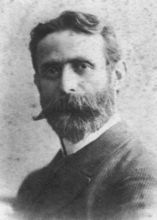
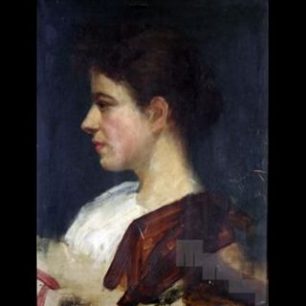
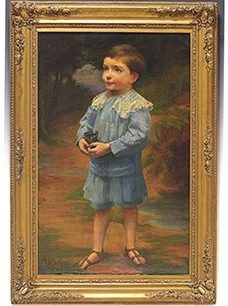
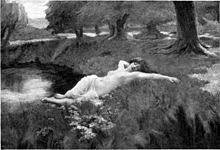
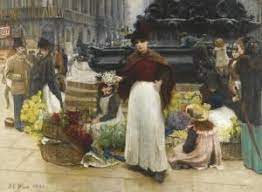

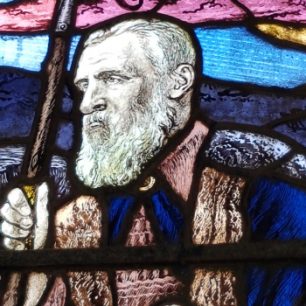
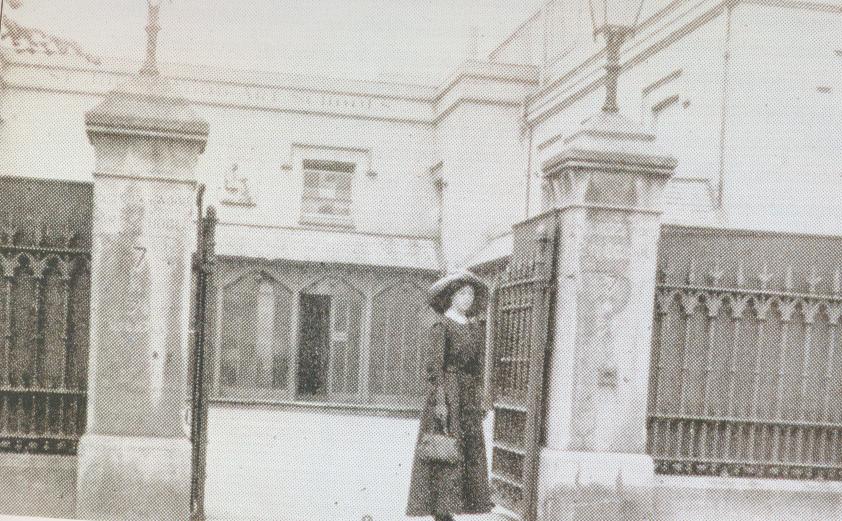
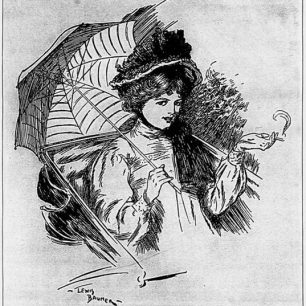
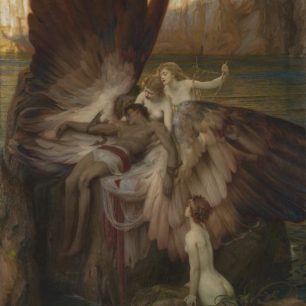
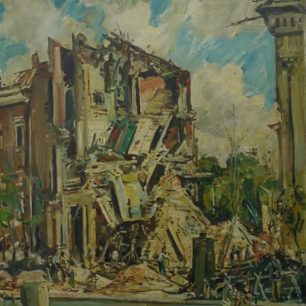
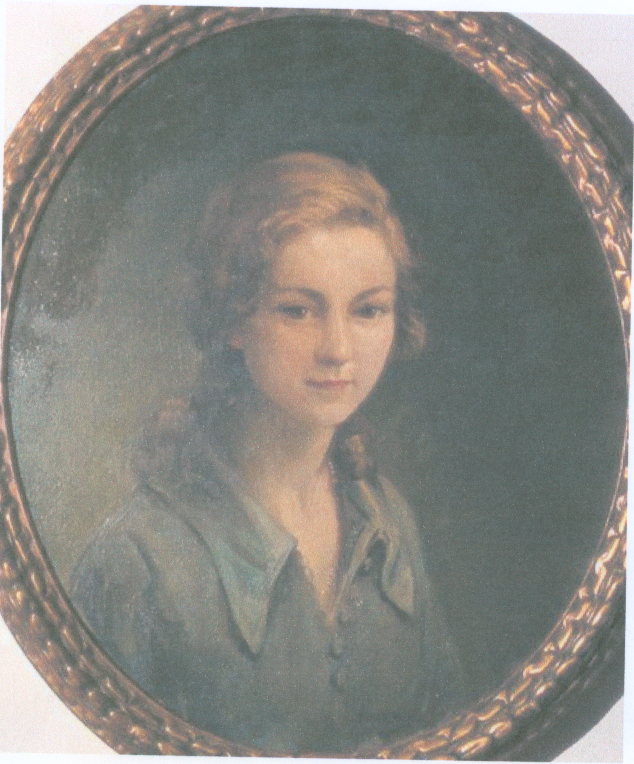
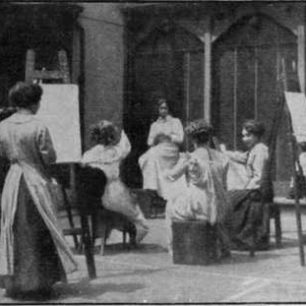
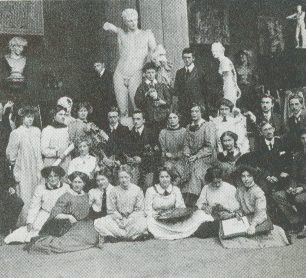
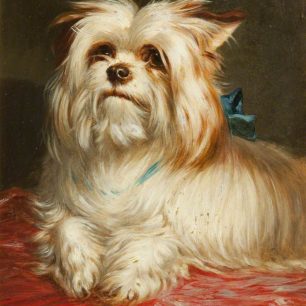
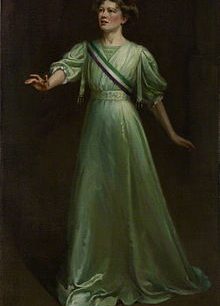
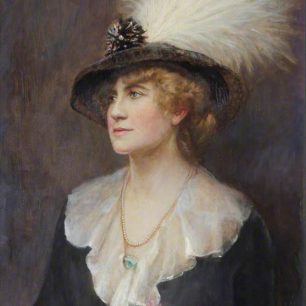
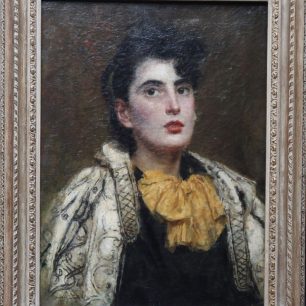
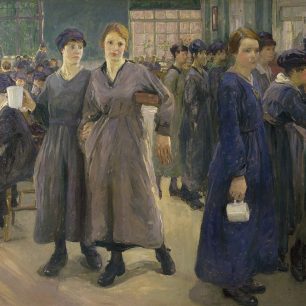
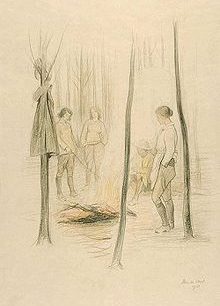
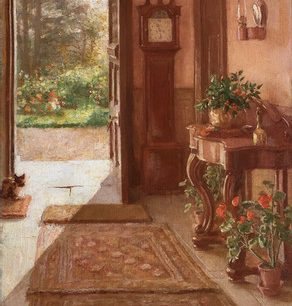
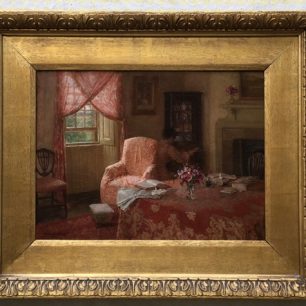
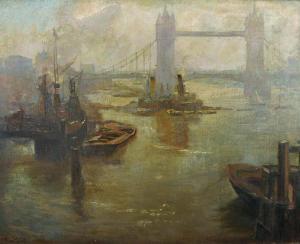
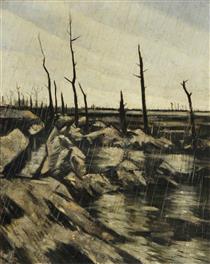
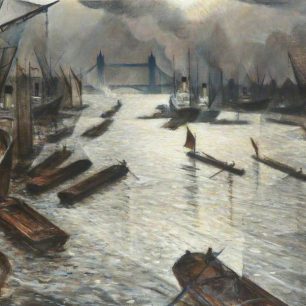
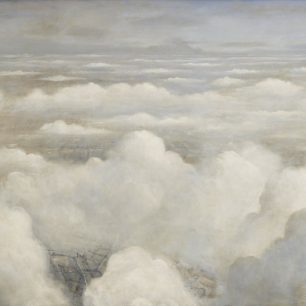
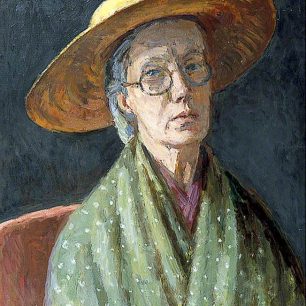
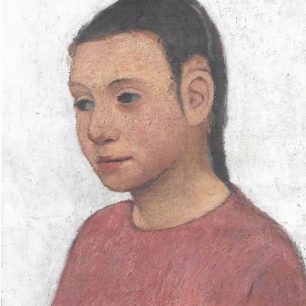
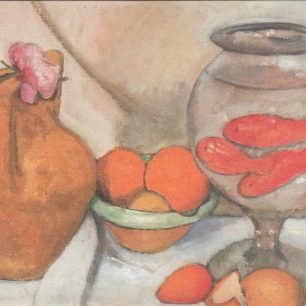


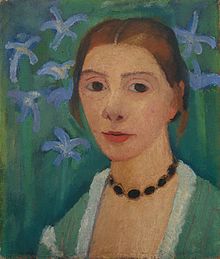
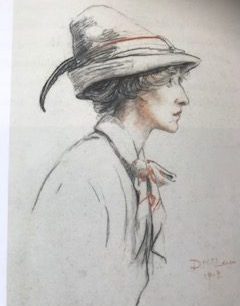
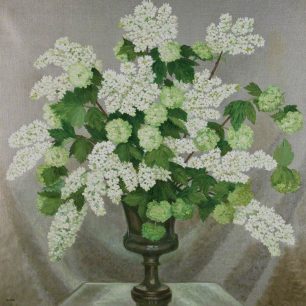
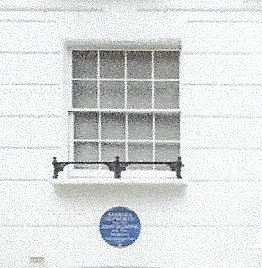

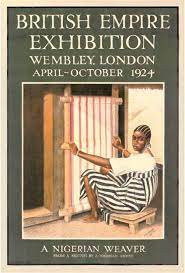
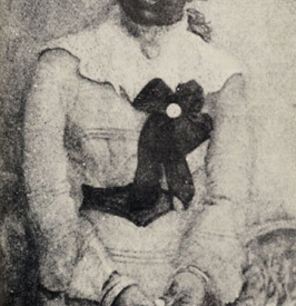
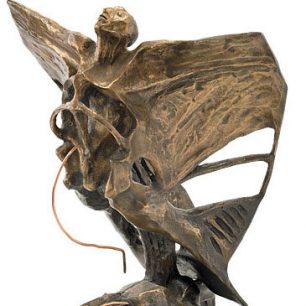

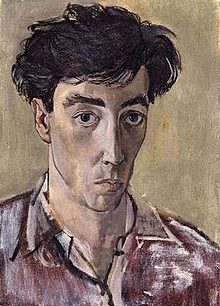
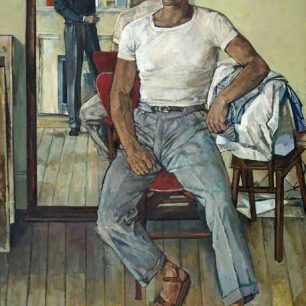
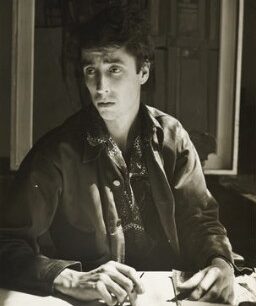
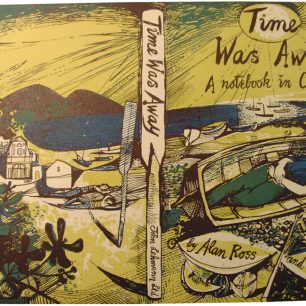
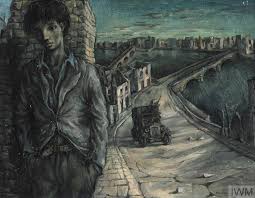
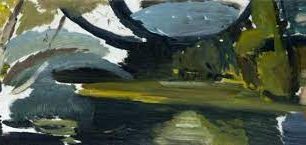
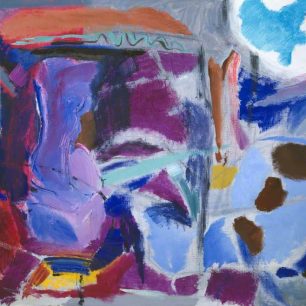
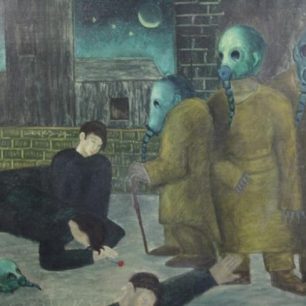
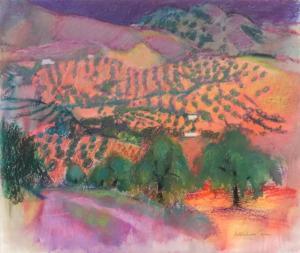



No Comments
Add a comment about this page